COMMUTING TIPS
Commuting tips
Commuting by bike is a great way to save vehicle costs, all while getting some fresh air and exercise. Negative interactions with pedestrians or vehicles is often a hurdle to enjoyable commuting.
Nelson's hills have historically been a "speed bump" for recreational cyclists. The new reliable mid drive E bikes are flattening the hills without the use of dynamite.
Safe commuting requires educated drivers and cyclist, follow these steps for an enjoyable, safe ride home.
- Look where you want to go: Don't spend too much time worrying about the traffic behind you. The majority of bike accidents involving cars happen when the driver and rider cross each other's path at intersections and driveways, especially when a driver turns in front of a rider.
- Make eye contact: Never assume that a motorist sees you or that you have the right of way. And don't take a walk signal, a green traffic light, or a driver's awareness for granted. Instead, always make eye contact with drivers to ensure that they see you.
- Hold your line: To stay safe in traffic, you need to keep track of what's happening behind you, so it's a good idea to master the skill of looking behind you without swerving. Or, use a mirror if you have neck ROM issues.
- Get noticed: The majority of drivers don't actively ignore cyclists, they are just conditioned to be on the lookout for larger vehicles . For this reason, don't be overly courteous and hug the curb if there is no bike lane or shoulder to ride on. Your best bet is to ride in the lane's right wheel track so that you have 2 to 4 feet of space from the edge of the road. This makes you more visible to drivers.
- Light up: Outfit yourself and your bike so that you are easy to see. Bright-colored, high-visibility cycling gear is always a good idea, especially items such as shoe covers and gloves, which can catch a driver's attention because they are often in motion. Your helmet is another potential eye-catcher. Lights in front and rear are essential, especially at dawn and dusk or whenever daylight is low.
- Stay in your lane: Even if there is space, don't move to the right at intersections or when a long string of spaces for parked cars is empty just to momentarily get out of the flow of traffic. You will have to move back into traffic at some point, perhaps popping out unexpectedly into a driver's view. Instead, hold your position and try to be as predictable as possible.
- Take up your position: Use your position within the lane to signal your intentions. If you are preparing to merge or turn left, move to the left part of the lane. Stay in the center when you are traveling straight and moving at the same speed as other traffic. Move right when you want to merge or turn in that direction, or to permit cars to pass.
- Watch for blind spots: Drivers look for openings in traffic by nosing their cars out of driveways and side streets that have limited visibility. When you approach such spots, stand tall on the pedals and try to make eye contact with the driver. Take the center of the lane if you can, and check for escape space to the left just in case.
